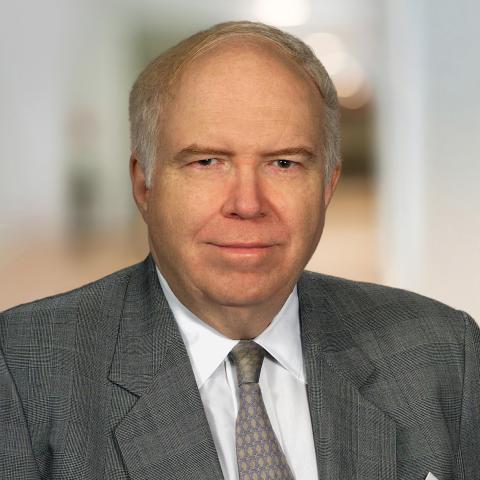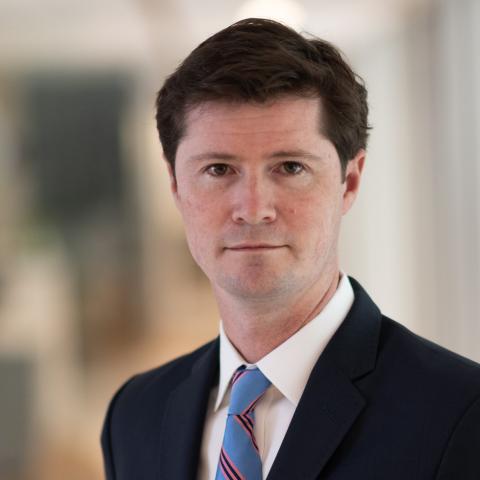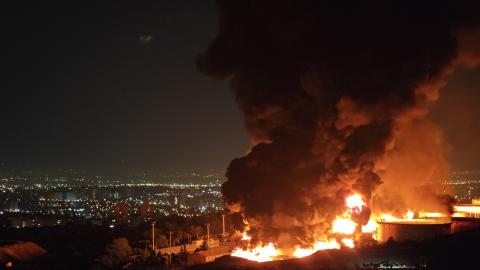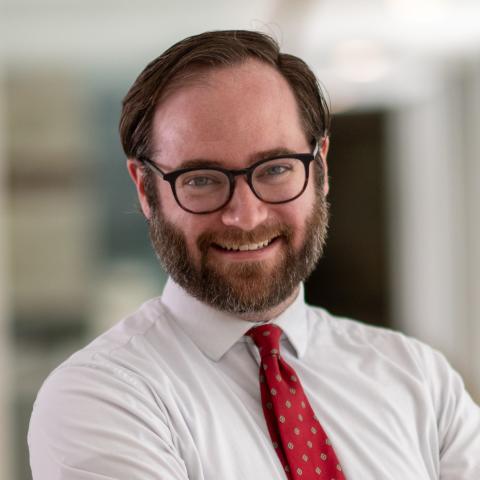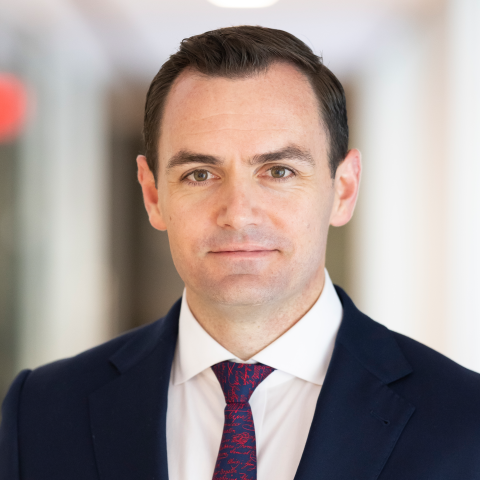Cancer is a plague, and we have brought it upon ourselves. Or so many of us believe. "Cancer epidemic" in the Google search engine pulls up 10,500 references, while "epidemic of cancer" reveals 1,700. The culprit list is endless: pesticides, power lines, cell phones, drinking water, food additives, plastic IV bags and rubber duckies, soap and shampoo, cosmetic products, even crayons.
You name it: "Man-made" means "malignancy."
It's understandable that certain individuals who have the disease or have a loved one suffering from it would feel that way. I currently have two friends who are terminal, one of whom is only 42. But the just-published "Annual Report to the Nation on the Status of Cancer, 1975-2001," compiled by numerous cancer agencies, finds overall observed cancer incidence rates dropped on average 0.5 percent per year from 1991 to 2001. Death rates from all cancers combined fell 1.1 percent per year from 1993 to 2001. Whoops!
Yes, cancer is still our second-greatest killer, but only because we in the West live long enough to get it. Cancer can strike at any age, but it is overwhelmingly a disease of the old. And a cancer diagnosis at age 75 seems rather preferable to contracting malaria at age five.
But since the publication of the book Silent Spring in 1962, by a marine biologist with absolutely no knowledge of toxicology named Rachel Carson, it's been accepted that synthetic chemicals are more harmful to us than those manufactured by Ma Nature, Inc. "For the first time in the history of the world," Carson wrote, "every human being is now subjected to contact with dangerous chemicals, from the moment of conception until death."
Wrong. Cancer is quite natural; it's curing it that's artificial. Arsenic, asbestos, certain molds and viruses, tobacco, high exposure to radioactive minerals, sunlight all cause cancer. We weren't born with cancer-fighting genes because God in His infinite wisdom knew that some day man would create carcinogens.
Even the staunch environmentalist EPA official Linda Birnbaum has declared "there is nothing inherently different about synthetic chemicals from natural chemicals."
Yet the captain of the "cancer epidemic" cheerleading team, Dr. Samuel Epstein of the University of Illinois School of Public Health in Chicago, claims 80 percent to 90 percent of the "carnage of chemical cancer" is caused by "exposure to (man-made) chemical or physical agents in the environment." And the media love him for it.
A piece of baloney published in March by the leftist Canadian Centre for Policy Alternatives (CCPA) in Manitoba, relied upon Epstein's claims from a report two years earlier declaring, "Over recent decades, the incidence of cancer in the United States has escalated to epidemic proportions." It also claimed, "From 1970 to 1998, after controlling for aging, the incidence of it in Canada increased by 35 percent for men and 27 percent for women." This set off a stampede of headlines such as "Cancer Rate Soars; Man-Made Chemicals Largely to Blame," "Research: Chemicals at Root of Skyrocketing Cancer Rates," "Man-Made Chemicals Blamed for Soaring Cancer Numbers," and "Study Blames Chemicals for Soaring Cancer Rates: Contaminants in the Environment Worse than Genetics, Lifestyle." Apparently only one article, published weeks later, challenged the CCPA claim.
That's interesting, because according to the latest report from the Canadian government, available to anyone with access to the Internet, age-adjusted cancer incidence peaked in 1988 for men and has plummeted over 13 percent since then. Incidence has indeed gone up among women but you can lay almost all the blame on increased smoking. Lung cancer has jumped more than three-fold among Canuck women since 1975. Conversely, incidence has dropped for most of the major cancers that afflict them.
Surveys in the 1999 book Environmental Cancer A Political Disease, by S. Robert Lichter and Stanley Rothman, found predictably that that the great majority of environmental activists buy the man-made cancer epidemic line. Truly disturbing, however, was that the media "elite" were far more convinced than the activists.
Yes, some cancer is man-made. In 1987, when levels of virtually all types of pollution were far higher in the West than today, famed British epidemiologists Sirs Richard Doll and Richard Peto estimated that public exposure to pollution causes two percent of cancers, with food additives adding another one percent. Four percent came from occupational exposure.
That same year the EPA released Unfinished Business, compiling the agency's best estimates of the numbers of cancers expected from various environmental hazards. The agency used both epidemiological studies and information from risk assessment projections. It agreed with Doll and Peto, estimating that pollution (other than through occupational exposure) causes between one and three percent of cancers.
Three years later, Michael Gough, a scientist formerly with the Office of Technology Assessment, calculated that EPA regulations, at best, could prevent no more than 0.25 percent to 1.3 percent of cancer deaths.
"It isn't that we shouldn't worry about man-made chemicals," famed Berkeley biologist and cancer researcher Bruce Ames told me. "In certain occupations, people can be exposed to very high levels. But pollution is pretty much irrelevant to cancer the kind that we're getting from water or pesticide residues are in such tiny amounts."
Further advances against cancer won't come from eliminating the last molecule of a man-made carcinogen. Rather, they must come from healthier diets, less tobacco use and other lifestyle changes, and better medicines. Self-serving scare-mongering, however, never cured anything.

